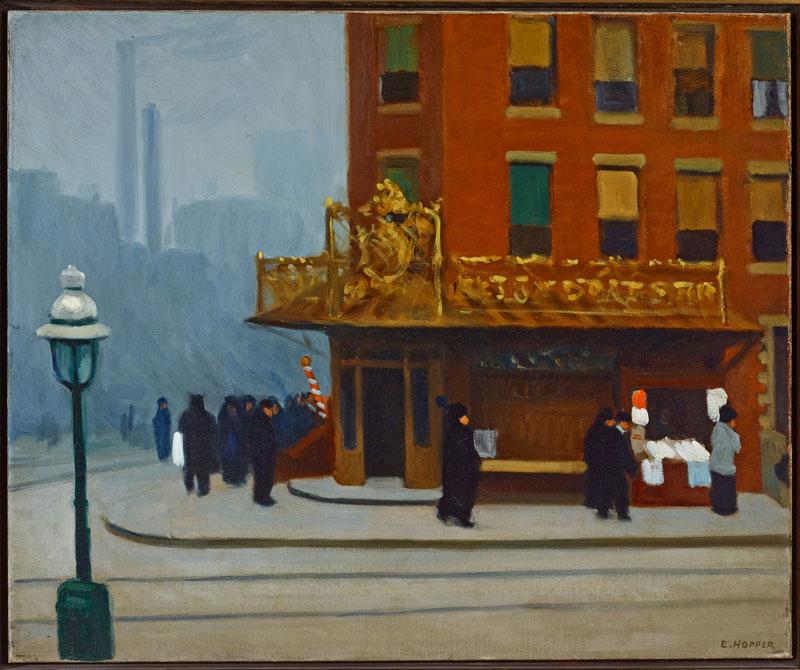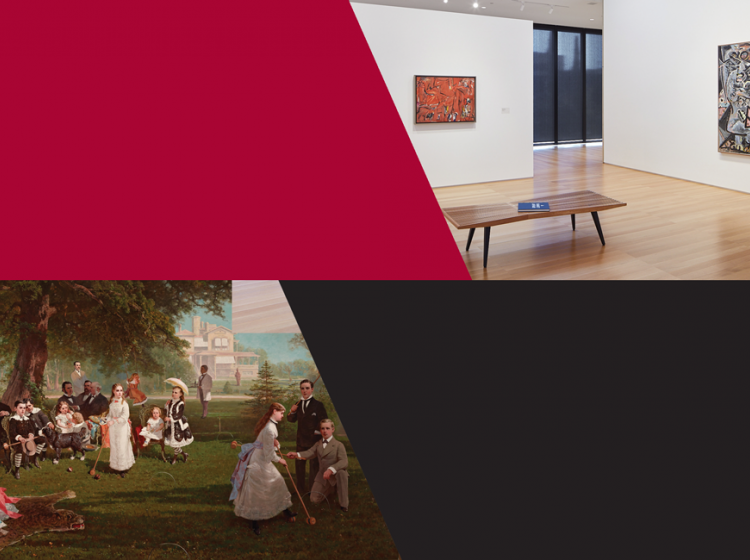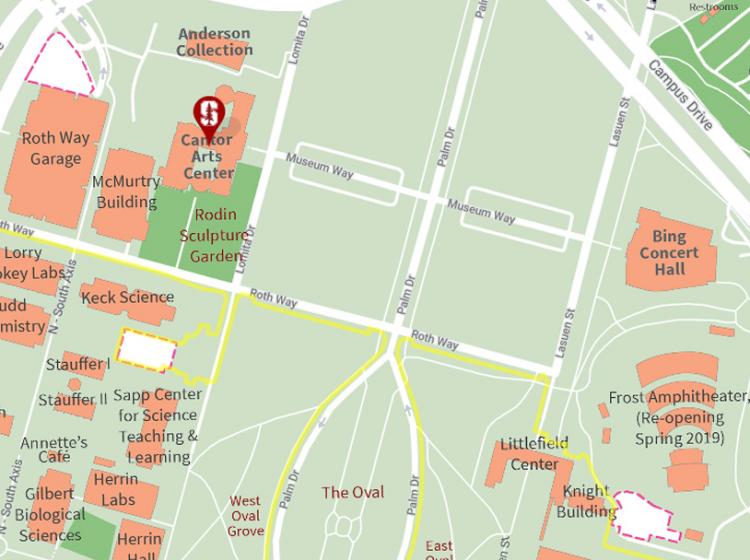Cantor Arts Center
328 Lomita Drive at Museum Way
Stanford, CA 94305-5060
Phone: 650-723-4177

Edward Hopper (American, 1882–1967), New York Corner (Corner Saloon), 1913. Oil on canvas. Museum purchase made possible by the Halperin Art Acquisition Fund, an anonymous estate, Roberta & Steve Denning, Susan & John Diekman, Jill & John Freidenrich, Deedee & Burton McMurtry, Cantor Membership Acquisitions Fund, an anonymous acquisitions fund, Pauline Brown Acquisitions Fund, C. Diane Christensen, an anonymous donor, Modern & Contemporary Art Acquisitions Fund, and Kazak Acquisitions Fund, 2015.6
The Cantor Arts Center's collection of art created in the first half of the twentieth century explores how artists broke radically with the past by experimenting with new and modern styles. Working in Europe and the United States, these artists pushed the boundaries of traditional art-making by collapsing pictorial space and embracing abstract representations of the body. The works on view in this gallery—all examples of new approaches to visualizing modernity—helped set the stage for much of the art produced today.

The Cantor Arts Center is located at the intersection of Museum Way and Lomita Drive in the heart of the arts district on the Stanford campus. The Cantor faces the Bing Concert Hall across Palm Drive, northwest of The Oval and the Main Quad.

Parking is limited. Stanford has a new contactless process to pay for parking, using the ParkMobile app, website, or phone. Prior to your visit, we recommend you visit the Stanford Transportation website to learn more about the updated visitor parking process.
